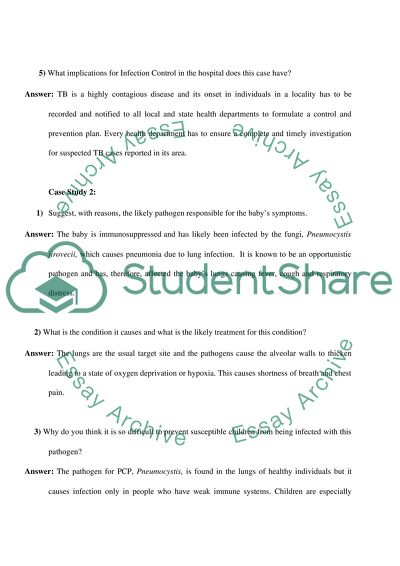Cite this document
(“Practical Investigation: Medical Microbiology of the Respiratory Tract Essay - 1”, n.d.)
Retrieved from https://studentshare.org/health-sciences-medicine/1622086-practical-investigation-medical-microbiology-of-the-respiratory-tract
Retrieved from https://studentshare.org/health-sciences-medicine/1622086-practical-investigation-medical-microbiology-of-the-respiratory-tract
(Practical Investigation: Medical Microbiology of the Respiratory Tract Essay - 1)
https://studentshare.org/health-sciences-medicine/1622086-practical-investigation-medical-microbiology-of-the-respiratory-tract.
https://studentshare.org/health-sciences-medicine/1622086-practical-investigation-medical-microbiology-of-the-respiratory-tract.
“Practical Investigation: Medical Microbiology of the Respiratory Tract Essay - 1”, n.d. https://studentshare.org/health-sciences-medicine/1622086-practical-investigation-medical-microbiology-of-the-respiratory-tract.


